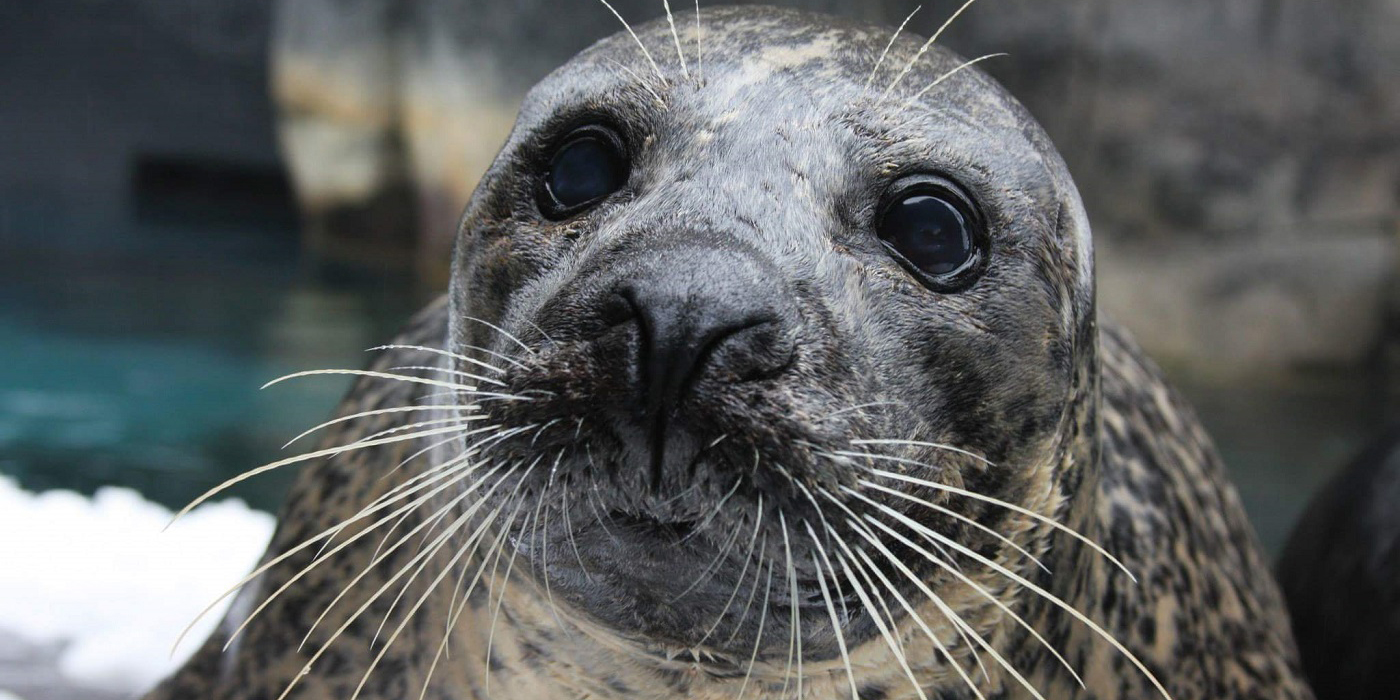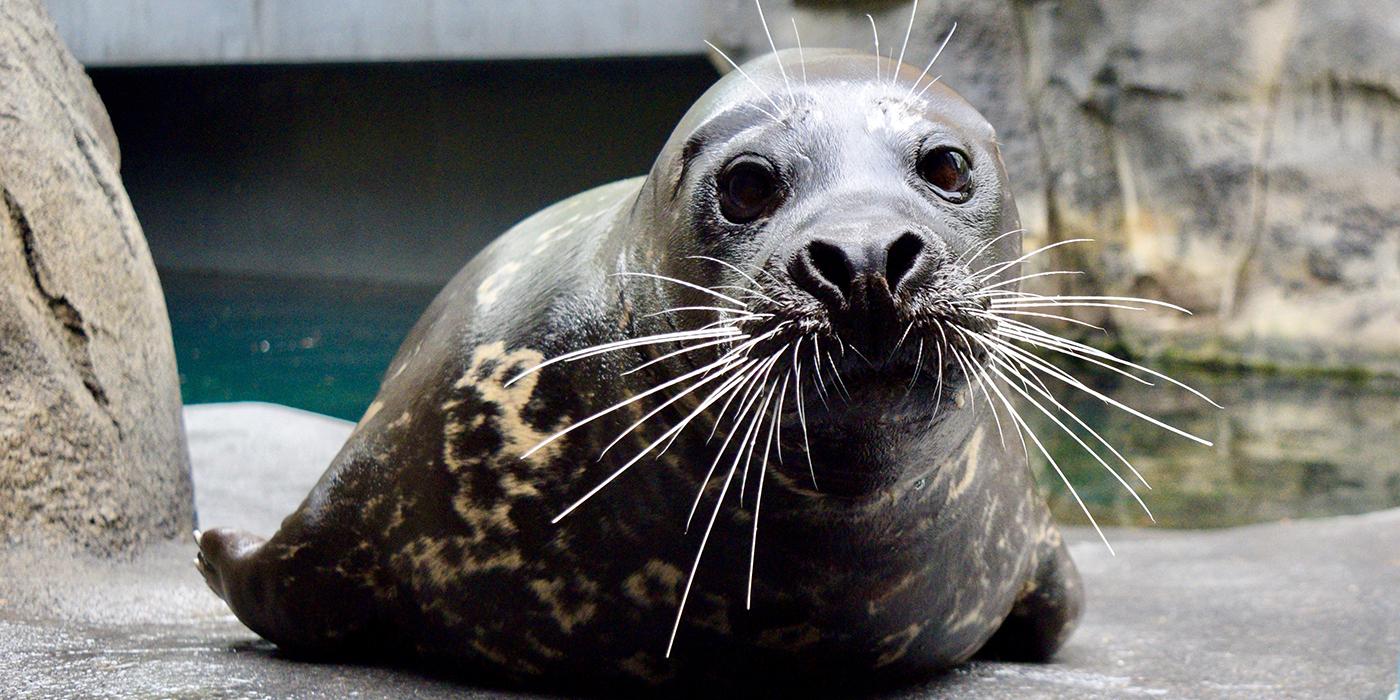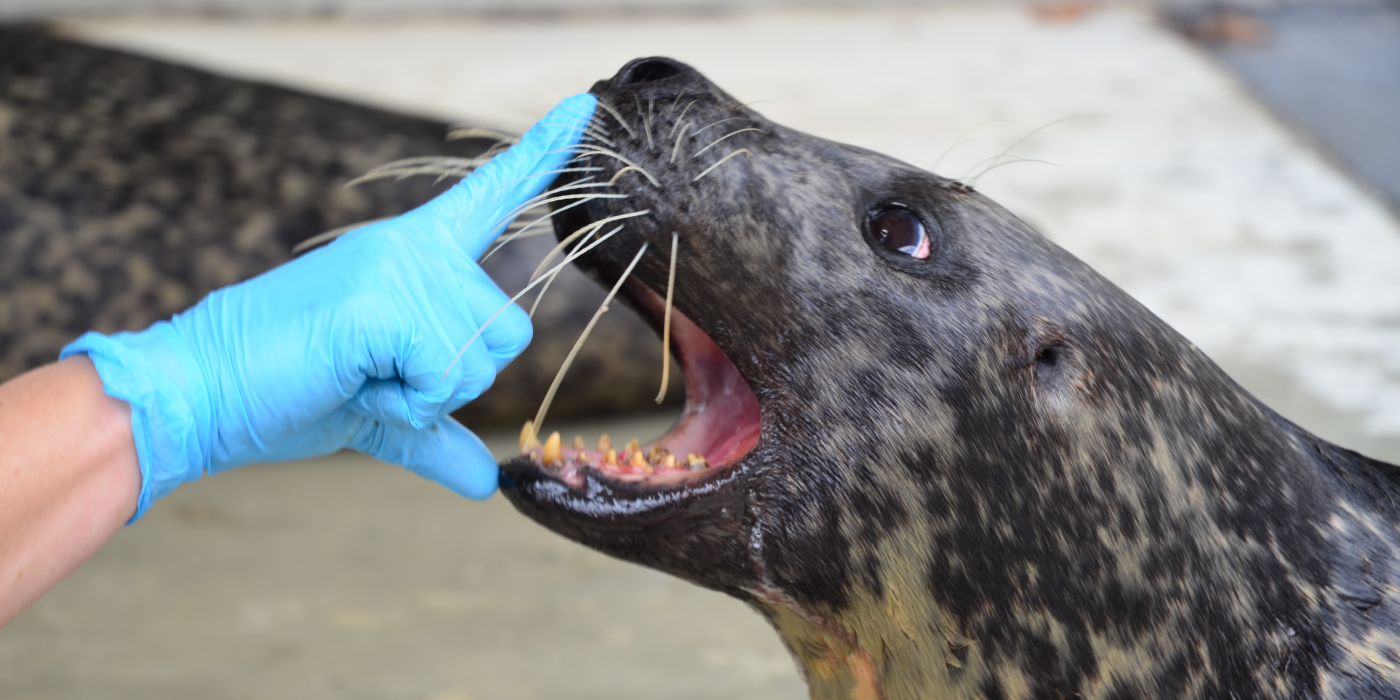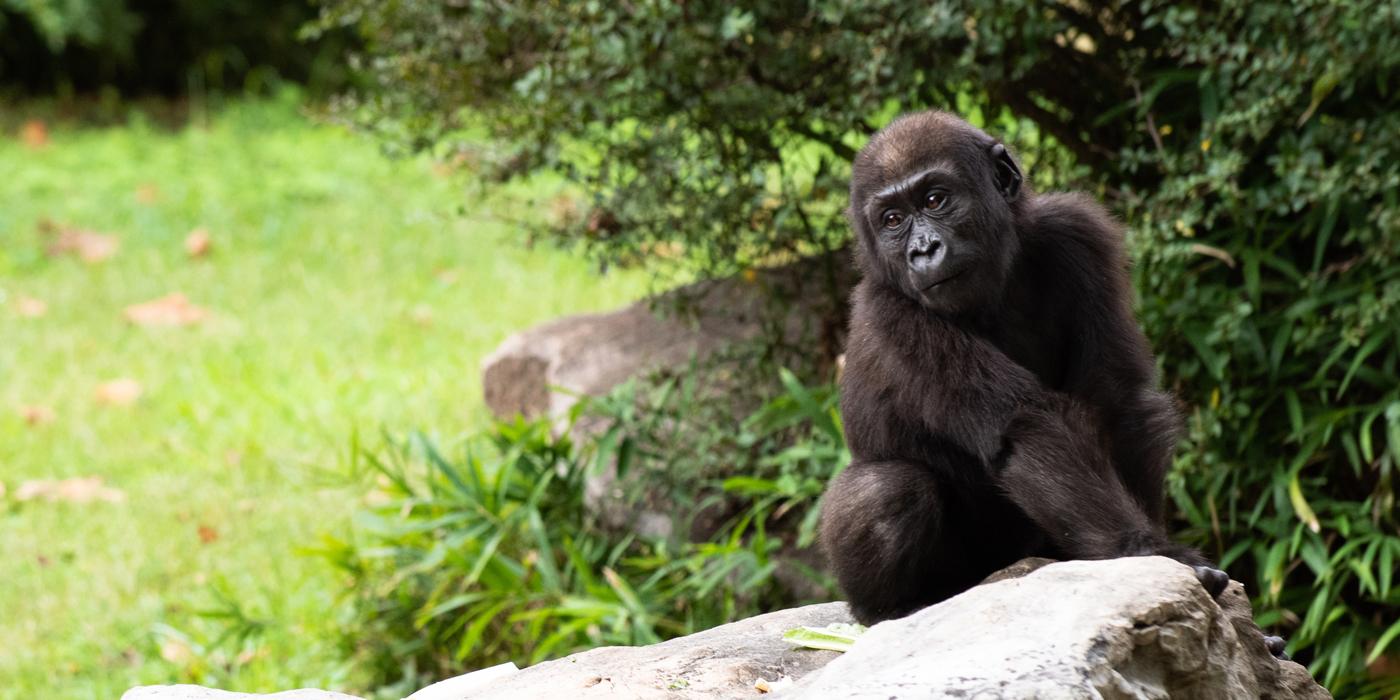Elderly Male Harbor Seal Dies at the Smithsonian’s National Zoo
The Smithsonian's National Zoo’s 31-year-old male harbor seal, Squeegee, died shortly after a diagnostic medical exam Feb. 1. The median life expectancy for male harbor seals is 25 years in the wild and more than 30 years in human care. American Trail keepers had been monitoring Squeegee closely for several weeks after he presented with blood in his urine. On Wednesday, veterinarians anesthetized him and discovered several kidney stones. Bloodwork revealed that his kidneys were compromised. Squeegee was stable during the procedure, but during recovery he stopped breathing and went into cardiac arrest. The veterinary team’s attempts to resuscitate him were unsuccessful.
Native to both the North Atlantic and North Pacific oceans, harbor seals have the widest distribution of any seal species. Along the coasts of North America, they can be found in both the North Atlantic and Northern Pacific oceans. On the West Coast of North America, their distribution spans from the Southern Arctic down the California coastline, and on the East Coast, their distribution ranges from South Greenland, to the coastline of the Carolinas. They spend half their time on land resting, breeding and raising their young on both rocky and sandy beaches. Harbor seals are classified as least concern by the International Union for Conservation of Nature.
Zoo visitors can see Luke, a 32-year-old male harbor seal, along with a gray seal colony at the American Trail exhibit.
# # #
Related Species:




